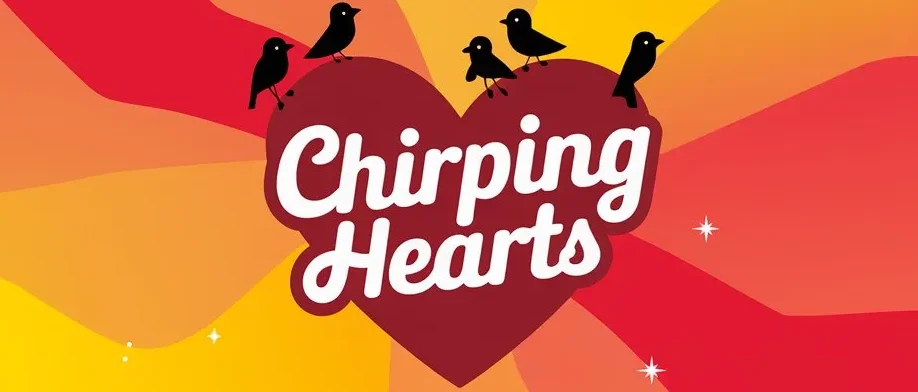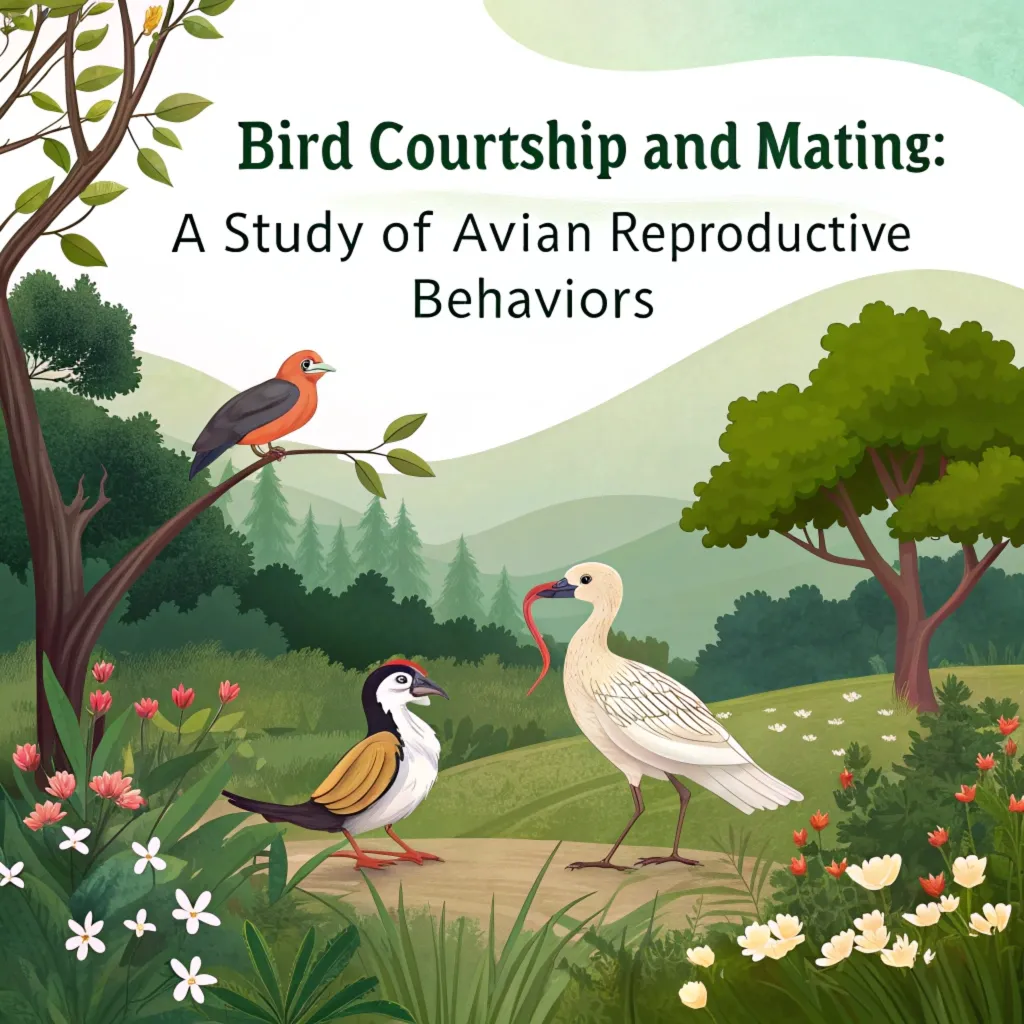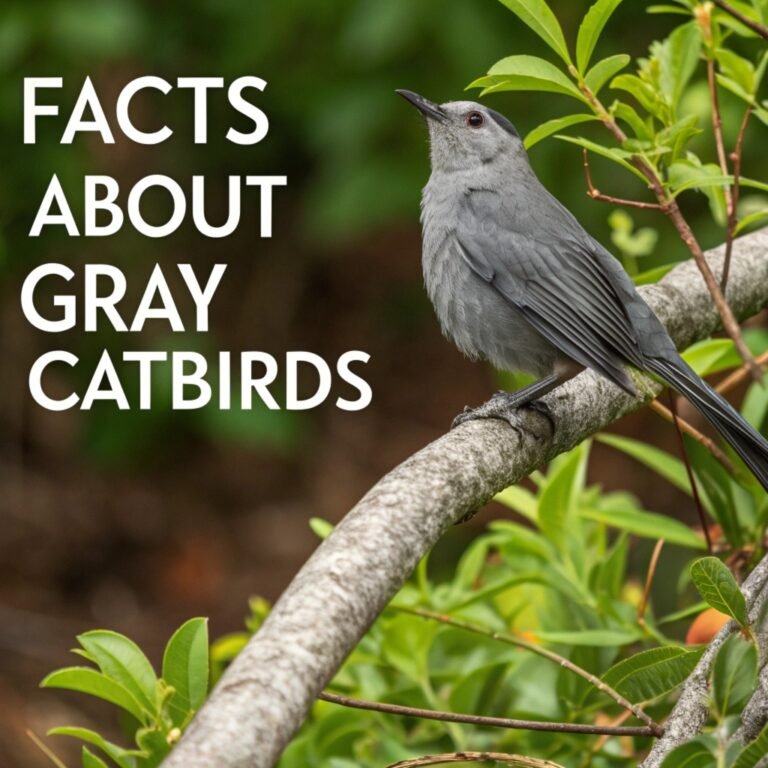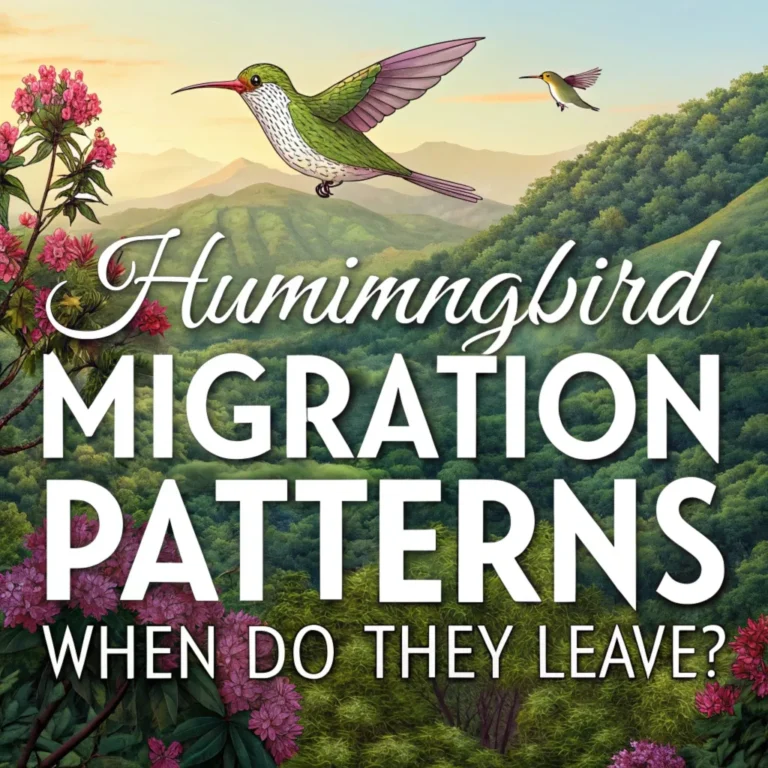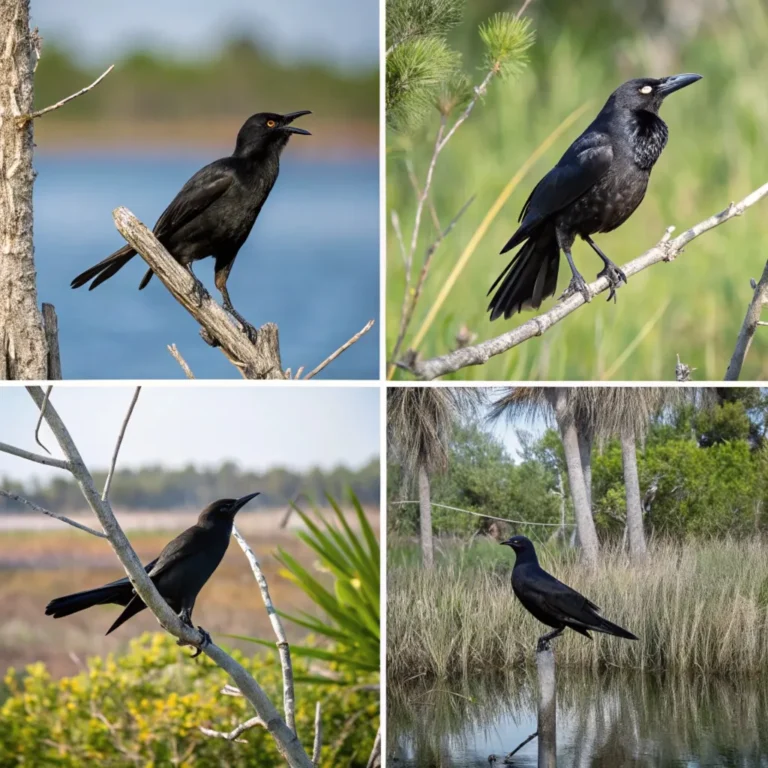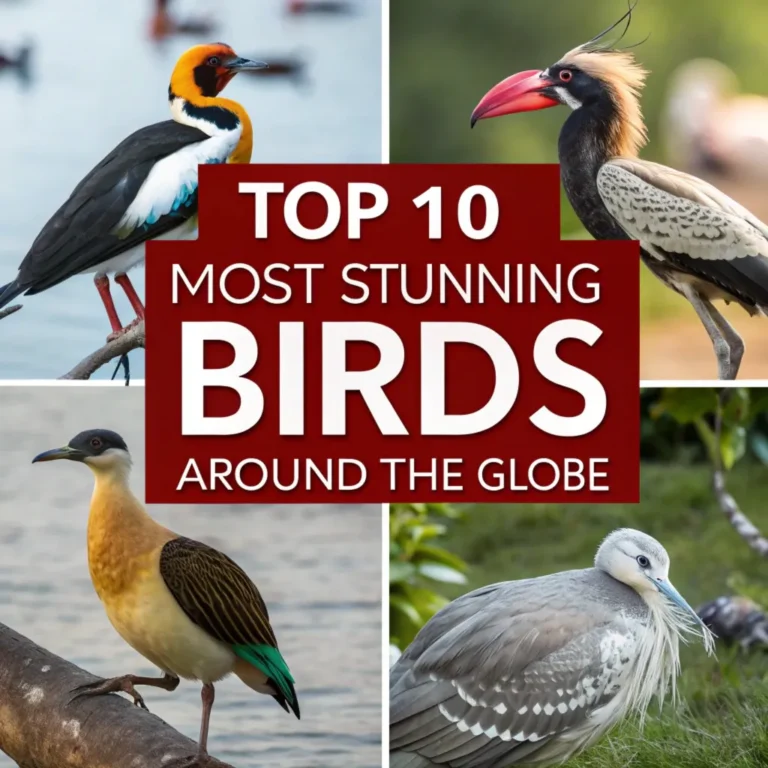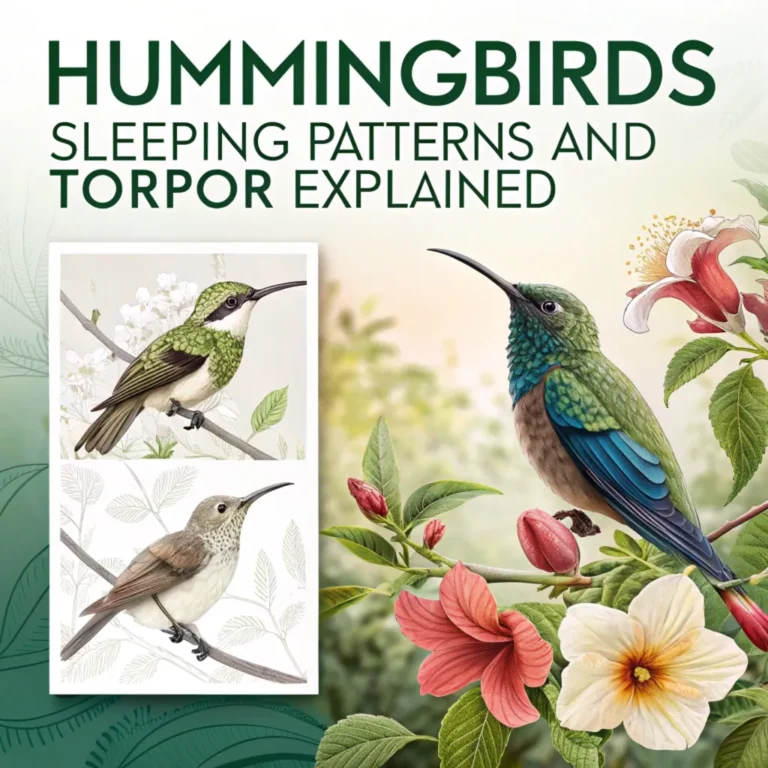Bird Courtship and Mating: A Study of Avian Reproductive Behaviors
Birds use unique and fascinating methods to find mates and reproduce. This guide explores the world of bird courtship and mating.
It looks at the different ways birds attract partners and form bonds. From colorful displays to complex songs, birds show a wide range of behaviors to ensure their species continues.
This comprehensive overview will reveal the intricate details of how birds navigate the path to reproduction, offering insights into one of nature’s most captivating processes.
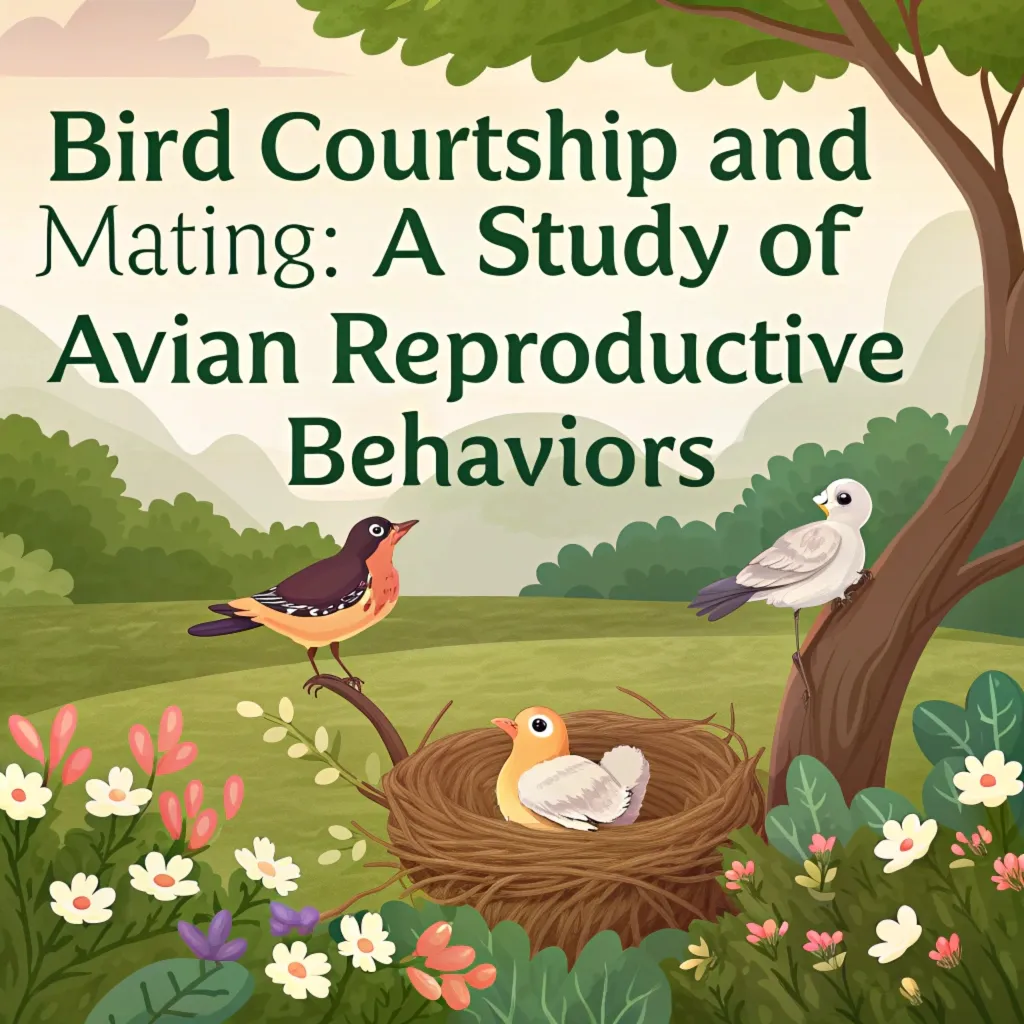
Key Takeaways
- Courtship behaviors in birds serve to attract mates and demonstrate fitness
- Singing is a common courtship strategy, with males often using complex songs to impress females
- Visual displays involve colorful plumage, dances, and physical movements to catch attention
- Nest building and food offering demonstrate a bird’s ability to provide for offspring
- Allopreening and physical contact help strengthen pair bonds between mates
- Different species have evolved unique courtship rituals adapted to their environments
- Timing of courtship often aligns with breeding seasons and environmental cues
- Female choice plays a significant role in many bird mating systems
- Some species engage in elaborate group displays or lekking behavior
- Understanding bird courtship can aid in conservation efforts and bird watching
The Purpose of Avian Courtship
Courtship in birds serves multiple functions. It allows birds to:
- Attract potential mates
- Demonstrate fitness and genetic quality
- Establish pair bonds
- Synchronize breeding readiness
These behaviors help ensure that birds select compatible partners capable of producing healthy offspring.
The intricate dance of avian courtship is a testament to the power of natural selection. Over millions of years, birds have evolved a diverse array of courtship strategies, each finely tuned to the specific needs and challenges of their species.
These behaviors not only serve to attract mates but also play a crucial role in maintaining genetic diversity within populations.
Successful courtship often leads to the formation of pair bonds, which can vary in duration from a single breeding season to a lifetime. The strength of these bonds is directly influenced by the quality and intensity of courtship behaviors.
In many species, courtship doesn’t end with mating but continues throughout the breeding season, helping to reinforce the pair bond and ensure cooperative parenting.
Singing: The Melody of Love

Birdsong plays a crucial role in courtship for many species. Males often use complex vocalizations to:
- Advertise their presence to females
- Demonstrate their fitness through song complexity
- Define and defend territories
Females typically prefer males with varied and intricate song repertoires, as this can indicate better brain development and overall health.
The power of birdsong extends beyond mere attraction. It serves as a multifaceted communication tool, conveying information about the singer’s species, individual identity, and even emotional state.
Some birds, like the superb lyrebird, can mimic an astonishing variety of sounds, including those of other species and even human-made noises, showcasing their exceptional vocal abilities.
Research has shown that the complexity of a bird’s song can be an indicator of its cognitive abilities and overall fitness. Birds with more elaborate songs often have larger brain regions dedicated to song production and learning.
This correlation between song complexity and neural development makes birdsong an honest signal of a potential mate’s quality, helping females make informed choices about their partners.
Visual Displays: Feathered Fashion Shows
Many bird species rely on visual displays to attract mates. These can include:
- Bright plumage: Colorful feathers often indicate good health and nutrition
- Dance performances: Intricate movements showcase agility and strength
- Wing flapping: Demonstrates physical prowess and size
The peacock’s elaborate tail fan is a classic example of visual courtship display.
The evolution of visual displays in birds is a striking example of sexual selection at work. These displays often come at a significant cost to the individual, both in terms of energy expenditure and increased vulnerability to predators.
The fact that such elaborate traits persist in nature is a testament to their effectiveness in attracting mates and the strength of female preference for these characteristics.
Interestingly, not all visual displays are about bright colors or elaborate dances. Some birds, like the bowerbird, create intricate structures or collect specific objects to impress potential mates.
This behavior demonstrates not only the bird’s physical capabilities but also its cognitive skills and ability to manipulate its environment, offering females additional information about a potential mate’s overall fitness.
Nest Building: Crafting a Love Nest
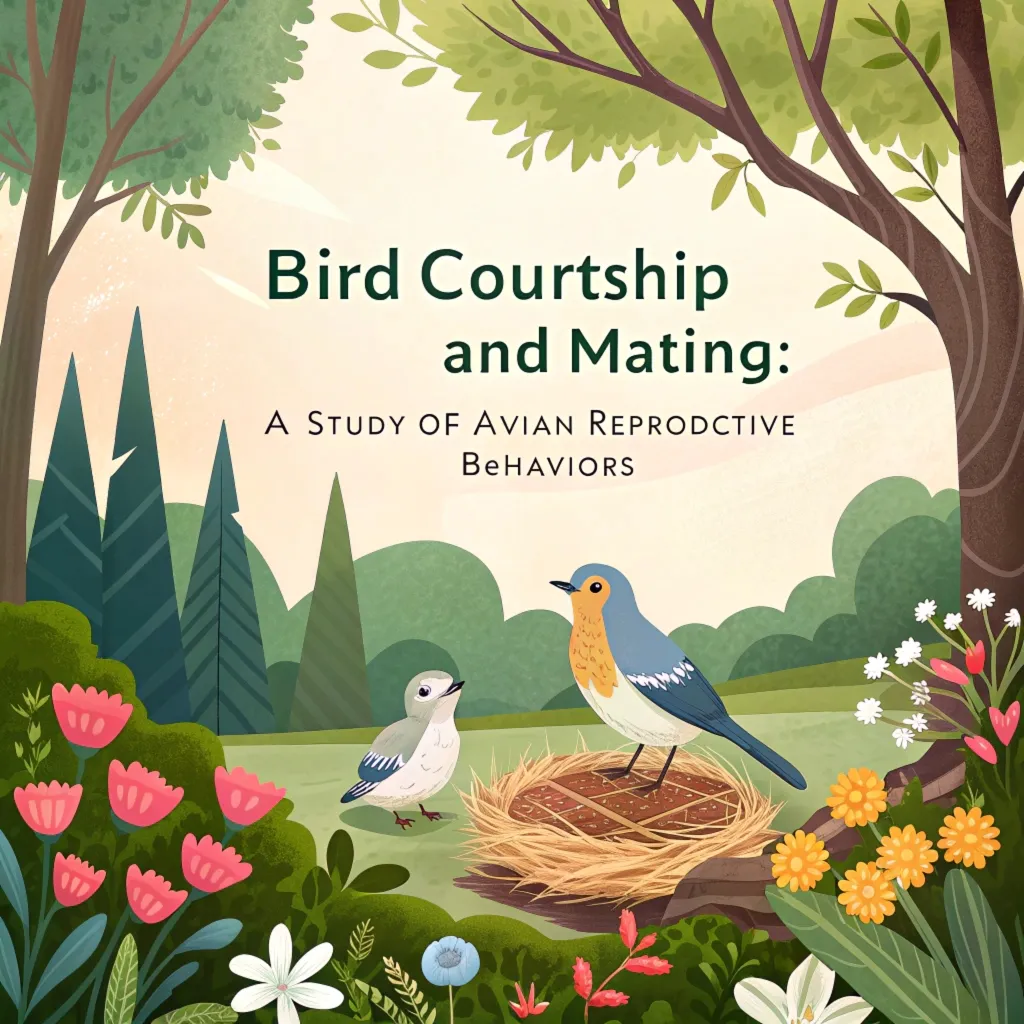
For some birds, nest construction forms part of the courtship ritual. Males may:
- Build elaborate structures to impress females
- Decorate nests with colorful objects
- Demonstrate their ability to provide a safe home for offspring
Bowerbirds are renowned for their intricate nest structures adorned with collected objects.
The art of nest building goes beyond mere construction. It’s a complex behavior that requires skill, planning, and often creativity.
The quality of the nest can directly influence a female’s choice of mate, as it reflects the male’s ability to provide a safe and comfortable environment for raising offspring.
Some species, like the long-tailed tit, engage in cooperative nest building, where family members work together to create intricate structures.
Nest decoration is another fascinating aspect of avian courtship. Species like the black kite have been observed incorporating white plastic into their nests, which may serve as a signal of the bird’s territory quality or hunting prowess.
This behavior highlights the adaptability of birds in using human-made materials for courtship purposes, demonstrating their ability to thrive in changing environments.
Food Offering: The Way to a Bird’s Heart
Courtship feeding is a common behavior where males:
- Bring food to potential mates
- Demonstrate their foraging skills
- Show their ability to provide for future chicks
This behavior is particularly common in species like robins and terns.
The act of food offering in bird courtship is a powerful demonstration of a male’s ability to provide for offspring. This behavior not only showcases the male’s foraging skills but also indicates his willingness to invest in parental care.
In some species, like the Arctic tern, courtship feeding continues throughout the breeding season, playing a crucial role in maintaining pair bonds and ensuring the female has enough energy for egg production.
Interestingly, the type of food offered can be highly specific and vary between species. For example, male kingfishers often present fish to their potential mates, while male shrikes may offer insects or small vertebrates.
The quality and quantity of food presented can significantly influence a female’s choice of mate, as it directly reflects the male’s hunting or foraging abilities and his potential as a provider for future offspring.
Allopreening: Avian Affection
Allopreening, or mutual grooming, helps strengthen pair bonds. Birds engage in this behavior to:
- Build trust between mates
- Maintain feather condition
- Reduce aggression between territorial individuals
Lovebirds are well-known for their affectionate allopreening behaviors.
The intimate act of allopreening serves multiple purposes in avian relationships. Beyond its practical function of helping to maintain feather condition, it acts as a social bonding mechanism, reinforcing the connection between mates.
This behavior often involves preening areas of the body that are difficult for an individual bird to reach on its own, such as the head and neck, demonstrating a level of trust and cooperation between partners.
Research has shown that allopreening can also have physiological effects on birds. The act of being preened can lower heart rate and reduce stress levels in some species, suggesting that it plays a role in emotional regulation within bird partnerships.
In colonial nesting species, allopreening may also serve as a way to recognize individuals within large groups, helping to maintain social structures and reduce conflict.
Dances and Displays: Avian Choreography
Many birds perform elaborate dances or physical displays during courtship. These can involve:
- Aerial acrobatics
- Ground-based movements
- Synchronized partner dances
The manakin’s intricate dance routines are a prime example of this behavior.
The complexity and diversity of avian courtship dances are truly astounding. These performances often require precise coordination of multiple body parts and can involve intricate sequences of movements that must be executed flawlessly to impress potential mates.
For example, the blue-backed manakin performs a cooperative dance where multiple males work together to create a display for females, showcasing not only individual skill but also the ability to collaborate.
Interestingly, some bird species incorporate props or environmental features into their courtship displays.
The magnificent frigatebird inflates a bright red throat pouch during courtship, while the palm cockatoo uses a stick as a drumstick to create rhythmic sounds.
These behaviors demonstrate the remarkable creativity and adaptability of birds in developing unique courtship strategies that exploit their physical abilities and environment.
Lekking: Group Displays
Some species engage in lekking behavior, where males gather to perform competitive displays. This involves:
- Group performances to attract females
- Hierarchical competitions among males
- Female selection based on display quality
Greater Sage-Grouse are known for their impressive lekking displays.
The phenomenon of lekking represents a fascinating evolutionary strategy in avian mating systems.
Leks are typically found in species where males provide little to no parental care, allowing females to focus solely on the genetic quality of potential mates.
The intense competition at leks can lead to extreme sexual dimorphism, where males develop elaborate ornaments or display behaviors that may be disadvantageous outside of the breeding context.
Research has shown that lekking behavior can have significant impacts on genetic diversity within populations.
In many lekking species, a small number of dominant males may father the majority of offspring in a given breeding season.
This can lead to reduced genetic variation over time, potentially making populations more vulnerable to environmental changes or diseases. Understanding these dynamics is crucial for conservation efforts targeting lekking species.
Timing and Seasonality
Bird courtship is often timed to coincide with optimal breeding conditions. Factors influencing timing include:
- Daylight length
- Food availability
- Environmental cues
This synchronization helps ensure the best chances for offspring survival.
The precise timing of courtship and breeding is a critical aspect of avian reproductive success. Many bird species have evolved to be exquisitely sensitive to environmental cues that signal the onset of favorable breeding conditions.
For example, changes in day length can trigger hormonal shifts that initiate courtship behaviors and prepare birds physiologically for breeding.
Climate change is having a significant impact on the timing of bird courtship and breeding cycles. As temperatures warm and seasons shift, some bird species are adjusting their breeding times earlier in the year.
However, this can lead to mismatches between peak food availability and the time when chicks need the most nutrition, potentially affecting reproductive success.
Understanding these phenological shifts is crucial for predicting how bird populations may respond to ongoing environmental changes.
Female Choice in Avian Mating
In many bird species, females play a crucial role in mate selection. They may assess:
- Song quality and complexity
- Plumage brightness and condition
- Display performance and vigor
- Nest-building skills
This selective pressure has driven the evolution of many elaborate courtship behaviors.
The power of female choice in shaping avian evolution cannot be overstated. Through their preferences, females have been the driving force behind the development of some of the most spectacular traits in the animal kingdom.
This process of sexual selection has led to the evolution of extravagant plumages, complex songs, and elaborate displays that may seem counterintuitive from a survival perspective but are crucial for reproductive success.
Recent research has revealed that female choice in birds can be more complex than previously thought. In some species, females have been observed eavesdropping on male-male interactions to gather additional information about potential mates.
This behavior allows them to assess not only a male’s physical attributes but also his competitive abilities and social status.
Such sophisticated decision-making processes highlight the cognitive complexity involved in avian mate choice.
Variations Across Species
Courtship behaviors vary widely across different bird species. Factors influencing these variations include:
- Habitat
- Diet
- Social structure
- Evolutionary history
Understanding these variations provides insights into avian evolution and ecology.
The diversity of courtship behaviors among bird species is a testament to the power of evolutionary adaptation.
Each species’ unique courtship rituals are finely tuned to their specific ecological niche and life history strategy.
For example, seabirds like albatrosses, which often form long-term pair bonds, engage in elaborate synchronized dances that strengthen their relationship over many breeding seasons.
Comparative studies of courtship behaviors across related species have provided valuable insights into the processes of speciation and adaptive radiation.
In some cases, slight variations in courtship displays can serve as effective reproductive barriers between closely related species, preventing hybridization and maintaining genetic distinctiveness.
This underscores the importance of courtship behaviors not only in mate selection but also in the broader context of biodiversity maintenance.
Conservation Implications
Studying bird courtship behaviors has important conservation implications. It can help:
- Identify critical habitats for breeding
- Develop effective protection strategies
- Monitor population health through courtship activity
Preserving areas where courtship occurs is vital for many species’ survival.
The conservation of courtship habitats is crucial for the long-term survival of many bird species. These areas often serve as critical breeding grounds and may have specific features that are essential for successful courtship and mating.
For example, the preservation of prairie habitats is vital for the courtship displays of greater prairie-chickens, while protecting specific forest structures is crucial for the elaborate mating rituals of birds-of-paradise.
Understanding courtship behaviors can also provide early warning signs of environmental stress on bird populations.
Changes in the frequency or intensity of courtship displays may indicate underlying issues such as habitat degradation, food scarcity, or exposure to pollutants.
By monitoring these behaviors, conservationists can detect potential problems before they lead to significant population declines, allowing for more timely and effective interventions.
Observing Bird Courtship in the Wild
For bird enthusiasts, observing courtship behaviors can be a rewarding experience. Tips for successful observation include:
- Learning species-specific behaviors
- Visiting suitable habitats during breeding seasons
- Using binoculars or cameras with zoom lenses
- Maintaining a respectful distance to avoid disturbing the birds
Patience and knowledge enhance the chances of witnessing these fascinating rituals.
Ethical considerations are paramount when observing bird courtship in the wild. It’s crucial to minimize disturbance to the birds, as interruptions during courtship can have significant impacts on breeding success.
Observers should follow established guidelines, such as maintaining appropriate distances, avoiding the use of recordings to attract birds during breeding seasons, and never approaching nests or disturbing breeding sites.
Citizen science projects focused on bird courtship behaviors offer excellent opportunities for enthusiasts to contribute to scientific research while enjoying their hobby.
Many organizations run programs where volunteers can report observations of courtship displays, nest building, and other breeding behaviors.
These data can provide valuable insights into the timing of breeding seasons, the impacts of climate change on bird behavior, and the health of local bird populations.
FAQs
How long do bird courtship rituals typically last?
The duration of bird courtship rituals varies greatly among species. Some may last only a few minutes, while others can extend over several days or even weeks.
Do all bird species engage in courtship behaviors?
While most birds exhibit some form of courtship, the complexity and visibility of these behaviors vary. Some species have very subtle courtship rituals, while others are more elaborate.
Can bird courtship behaviors change over time?
Yes, bird courtship behaviors can evolve over time in response to environmental changes, selective pressures, and other factors affecting their populations.
Are there any bird species where females court males?
In some species, such as phalaropes, the traditional gender roles are reversed, and females compete for males and display more elaborate courtship behaviors.
How do environmental factors affect bird courtship?
Environmental factors like climate, food availability, and habitat quality can significantly influence the timing, duration, and success of bird courtship rituals.

Joyce is the passionate founder of Chirping Hearts, a website dedicated to sharing her love for birds and providing valuable information about avian life. With a background in ornithology and years of experience in birdwatching, Joyce aims to inspire others to appreciate the beauty and diversity of birds. Through her engaging articles and guides, she hopes to foster a community of bird enthusiasts who share her enthusiasm for these incredible creatures. When she’s not writing, Joyce enjoys exploring nature trails and observing birds in their natural habitats.
